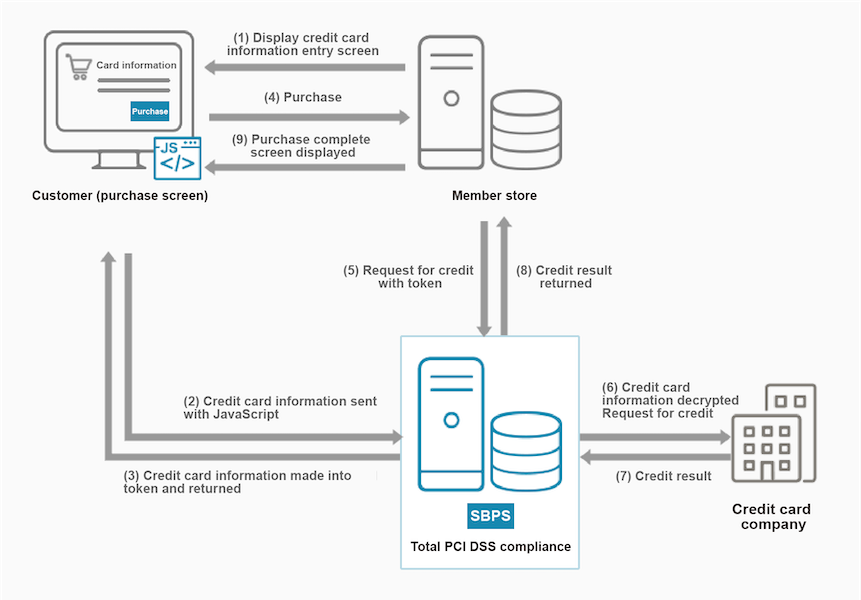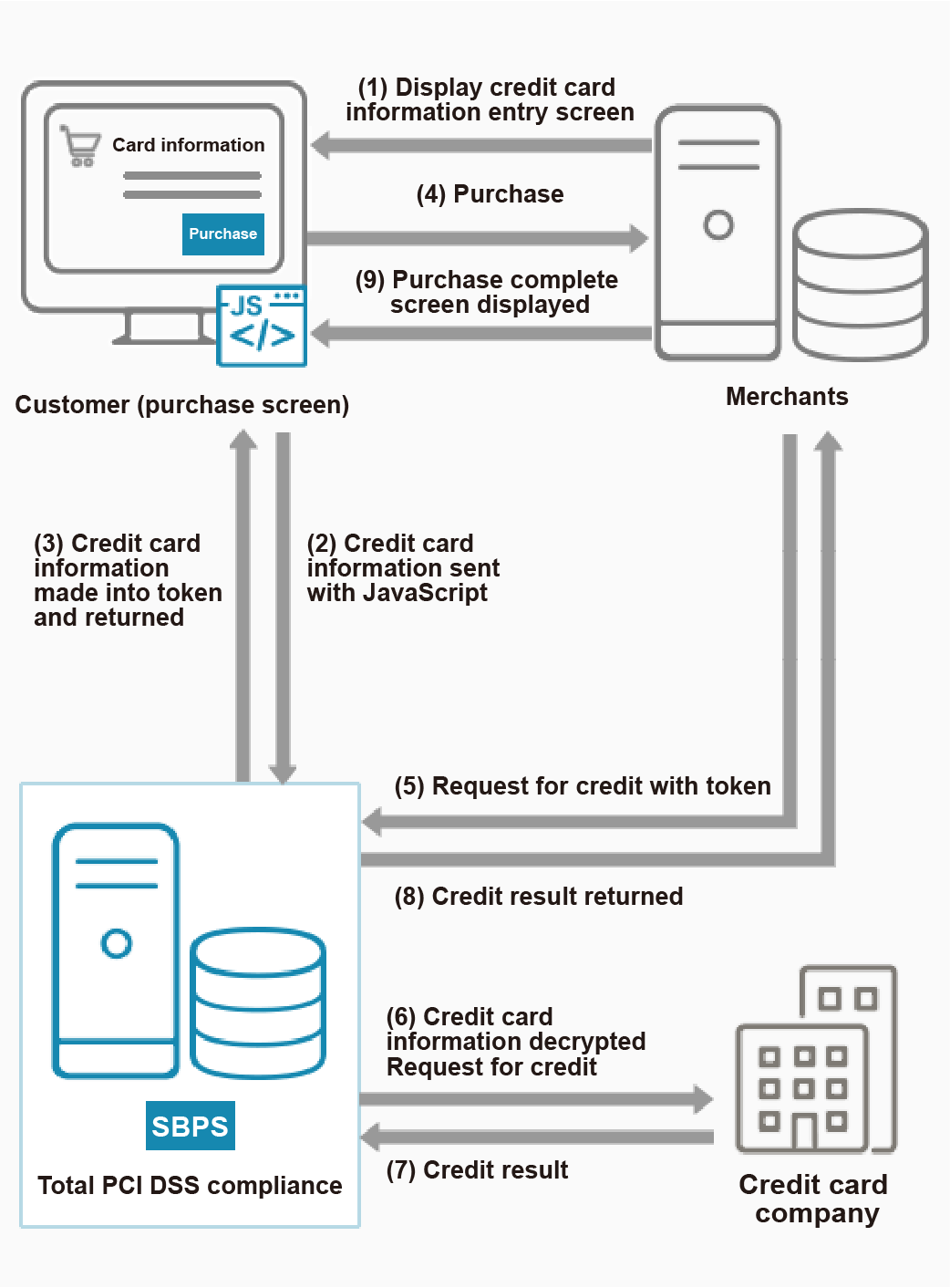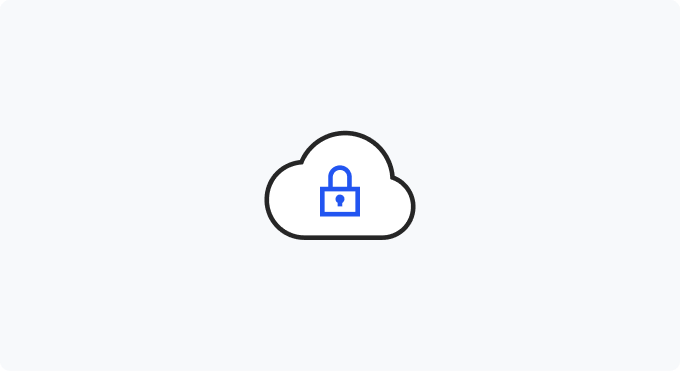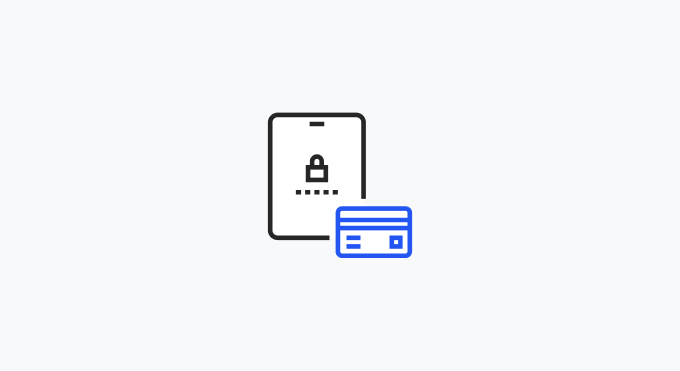Token Functions
What are Token Functions?
Token Functions allow payments to be made after having converted the credit card information entered by a user into a token (a separate string of characters). E-commerce merchants can process payments without coming into contact with any card info, achieving non-retention of credit card information.
Token Functions mechanism
Incorporating our Token Functions’ JavaScript code into a merchants’ site allows for payments to be made without retaining credit card information.


Token Functions features
(1)Non-retention of credit card information
These functions achieve non-retention of credit card information, meaning there is no need for merchants to comply with PCI DSS and letting merchants focus on their business.
(2) Strengthened Security Measures
Credit card information is not retained on merchants’ site, reducing the risk of data leaks and leading to stronger security measures.
(3) Freedom in Designing Payment Screens
As the payment screens are integrated into merchants’ site, they can be freely configured.
This allows payment screens to maintain your site’s look and feel, so your users can complete their payments without any feelings of discomfort.
Functions provided
The Token Functions provide the following functions.
| Payment methods | Credit card payment |
|---|---|
| Security options | · Security codes ・ Identity Authentication Service (3-D Secure) |
| Devices | PCs, smartphones, feature phones *Compatible with devices using JavaScript-enabled browsers. |
Non-retention of credit card information
Click here for more information regarding the credit card security guidelines released by the Credit Transaction Security Council.
If you are considering implementing,
please feel free to contact us
Please contact us to download detailed information about our services and to discuss costs and implementation.
Recommended Content by SB Payment Service
-

Credit Card Payment
The most widely used payment service accepting six major international brands.
-

API type
This connection method processes payments by communicating payment information between merchants’ servers and our servers. Merchants can freely design the payments page.
-

Non-retention of credit card information
Information regarding non-retention of credit card information.
-

Tokenization service (dedicated tablet device)
A service for processing credit card payments by entering a “permanent token” into a tablet device rented out by us.